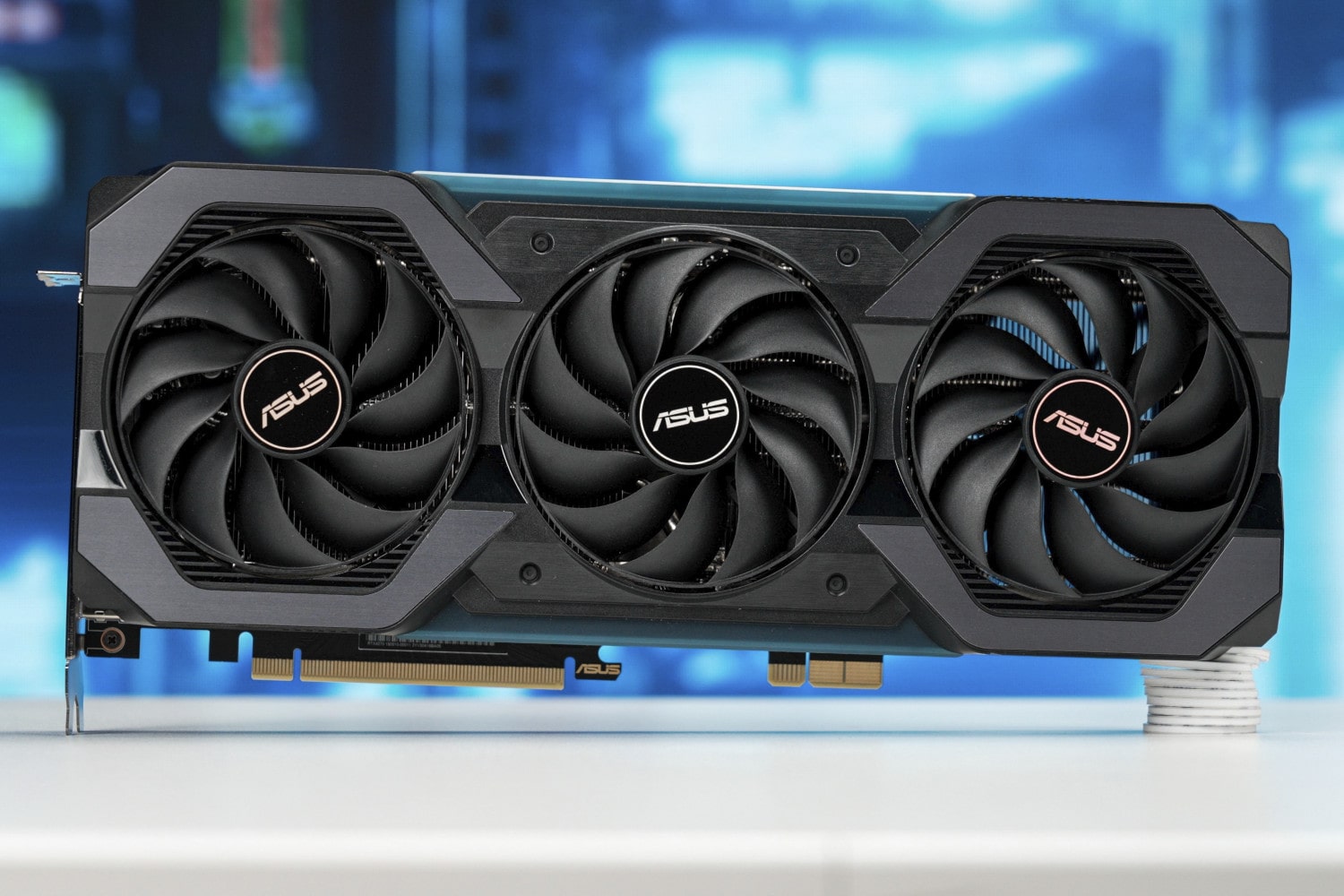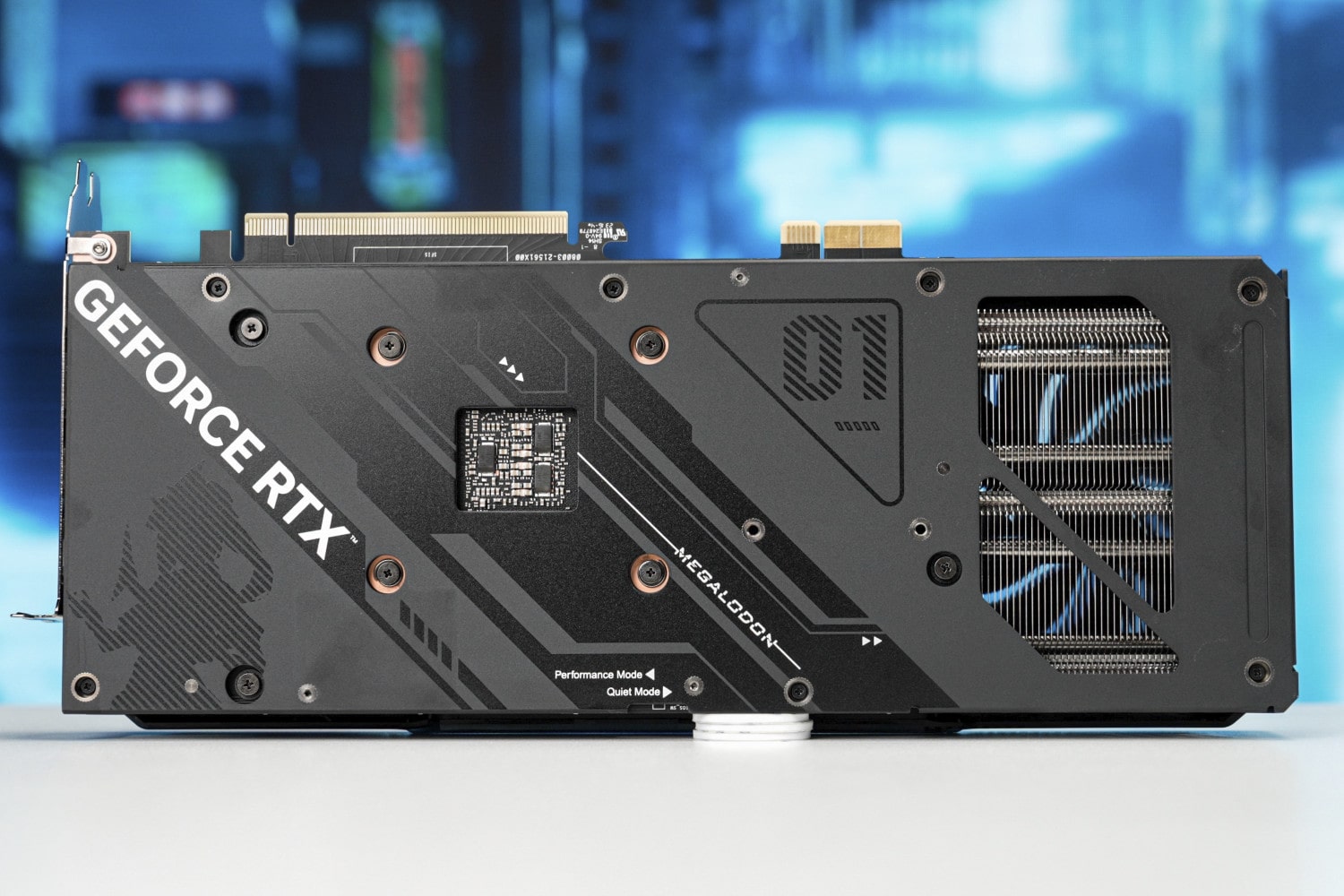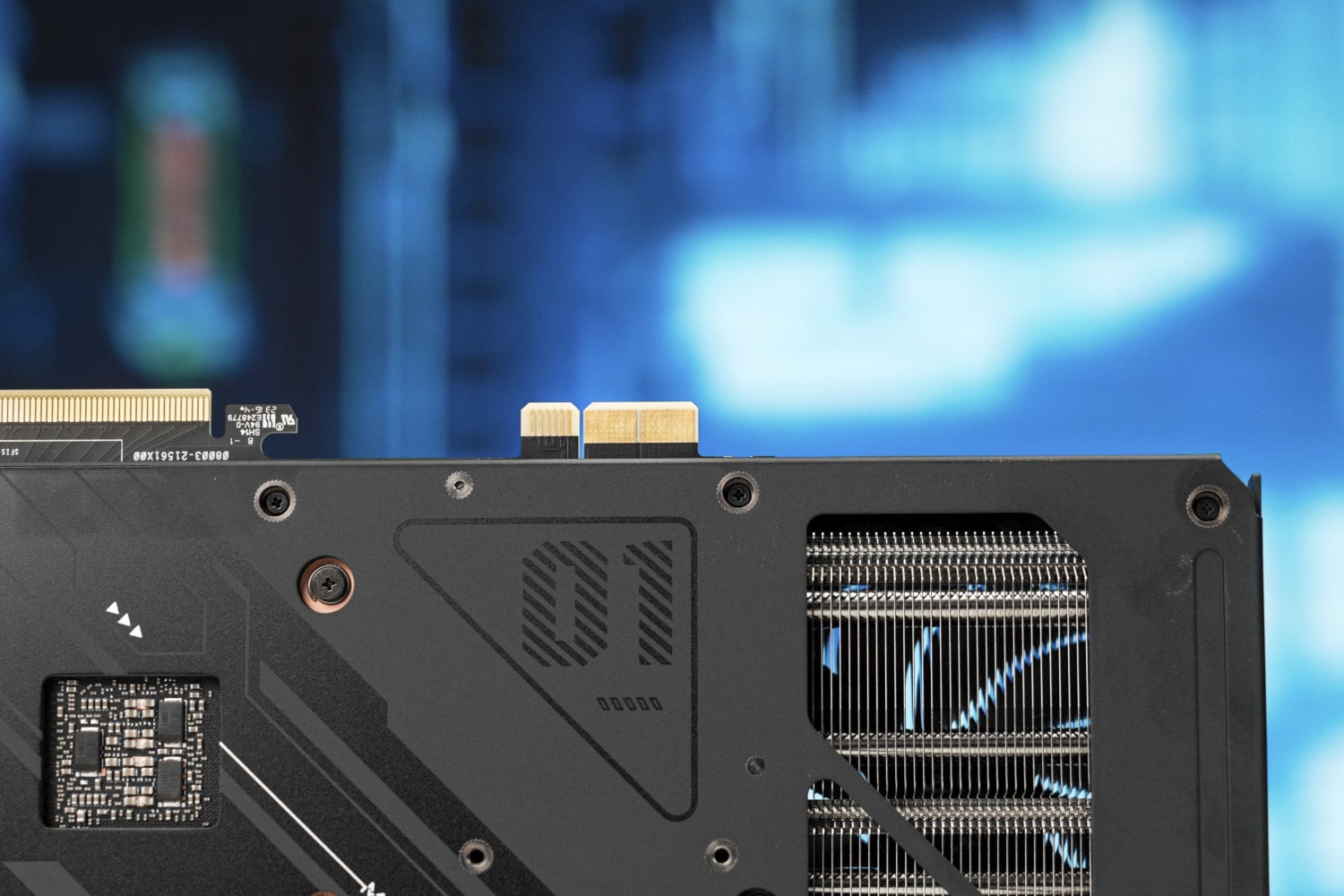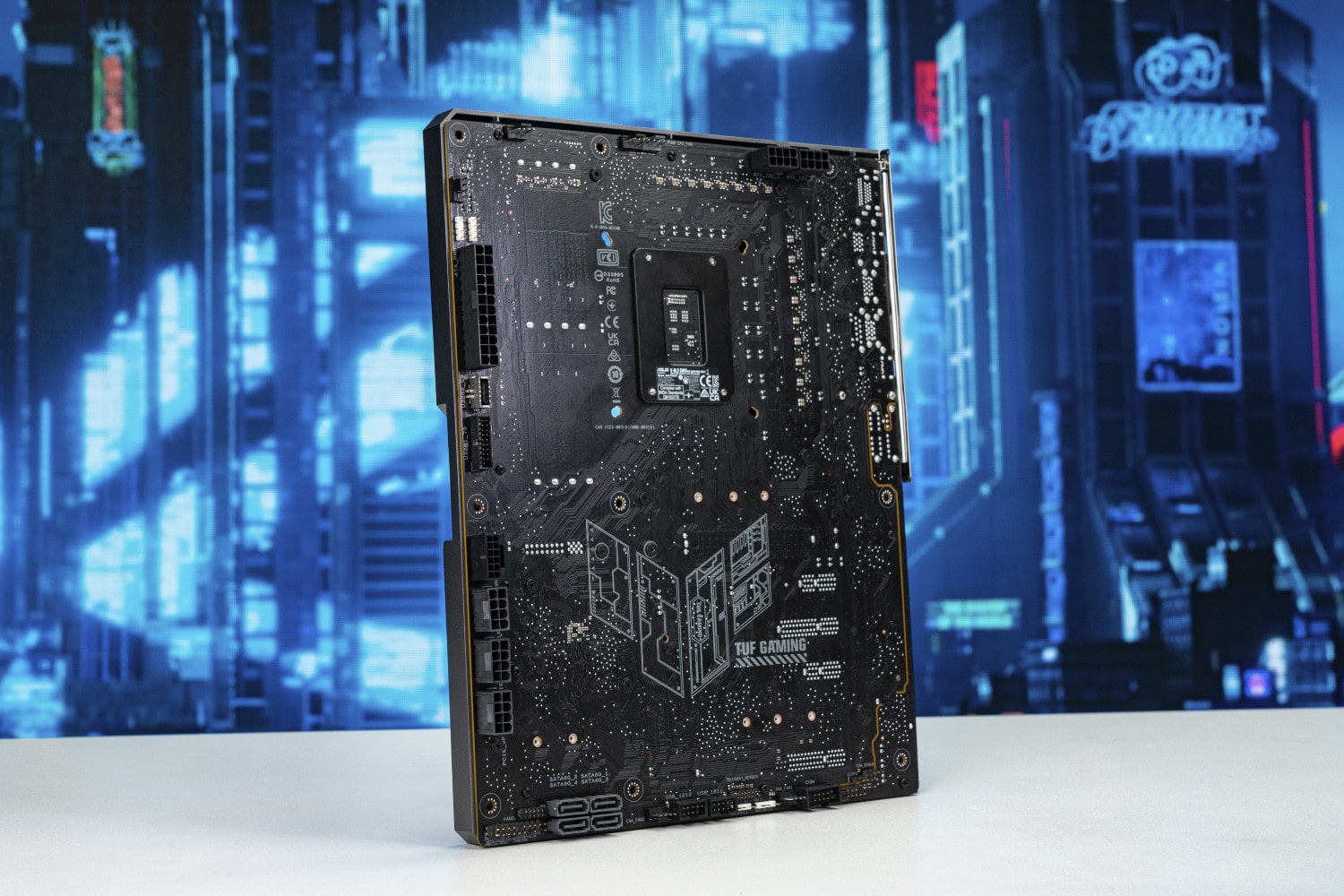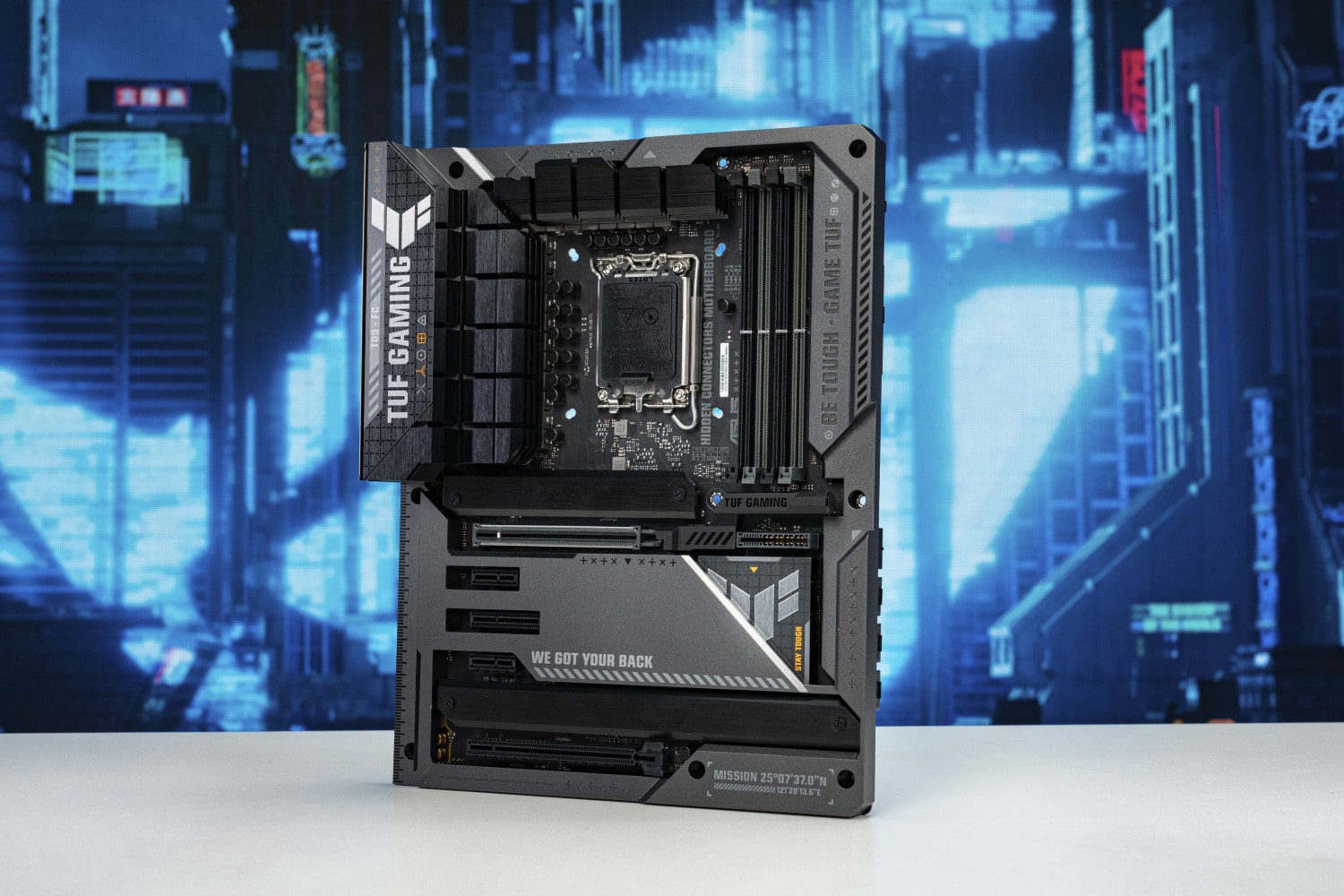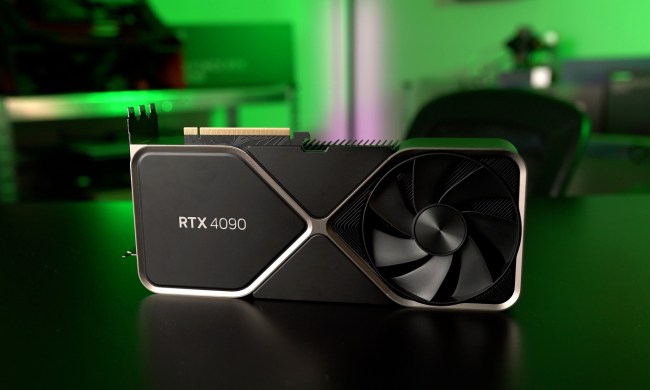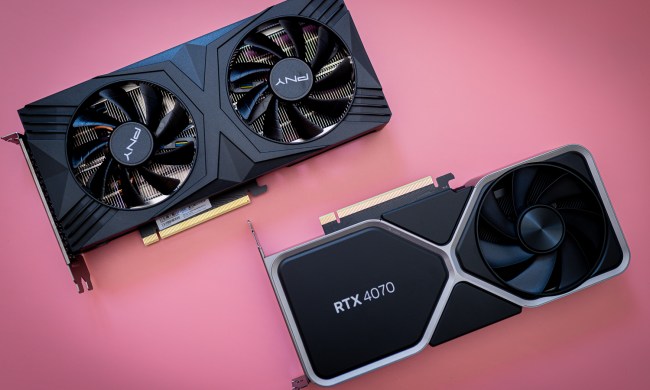Remember when Nvidia’s graphics card connectors and cables kept melting, leading to destroyed GPUs — and potential fire risks — all over the world? Well, Asus reckons it has the solution, but it raises some major questions of its own.
At the Computex trade show in Taiwan, Asus showed off its new concept for a future graphics card that forgoes the 16-pin 12VHPWR power connector altogether. After all, the thinking seems to be pretty straightforward: your power connectors can’t melt if they don’t exist.
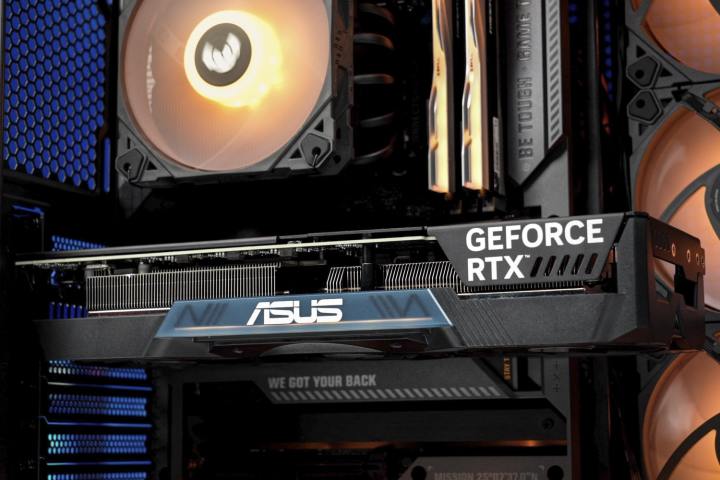
So how does the card power up in the first place? Instead of cables that plug into the card, it uses a proprietary connector (temporarily named the GC_HPWR for now) that slots directly into the motherboard, much like the PCIe tabs that come with all the best GPUs. The difference here is that instead of transferring data, these connectors transfer 600W of power.
This slot is powered by either a 16-pin 12VHPWR slot or three 8-pin PCIe connectors, with all of these connectors located on the back of the motherboard. So instead of plugging a cable into the graphics card, you instead hook it up to the rear side of the motherboard. This might help avoid some of the cable bending that was speculated to lead to 12VHPWR connectors melting.
That all means you’re going to need a lot of proprietary kit. Not only the special graphics card, but a custom Asus motherboard, as well as a case that supports a motherboard that has all its connectors on the back. That said, the motherboard will also work with regular graphics cards that use the 12VHPWR connector.
Hit or miss?
Asus hasn’t confirmed the price, but has said it will charge a slight premium over its regular cards (and you’ll need to buy a compatible case). But in return, you get a setup that (hopefully) has less risk of catastrophic failure, plus one that looks much cleaner as a result of fewer visible cables.
At the show, Asus demonstrated its new idea on an RTX 4070 graphics card dubbed the GeForce RTX 4070 Megalodon, although Asus says that’s only a temporary name. This card was paired with an Asus TUF Gaming Z790 BTF motherboard. There’s no word yet on whether Asus will open up its cableless GPU system to other companies.
While Asus’s idea could help prevent the kind of melting disasters that dominated the headlines for so long, it also raises questions of its own. Is it a good idea to route even more power through the motherboard? Will the extra cost be worth it? And how many PC cases will even support this new solution?
All of that is unknown for now, and it’s not the first time we’ve seen Asus experiment with hiding PC cables out of sight. It will be fascinating to see whether the company’s power connector concept ushers in a new graphics card standard or simply becomes an expensive flop.

